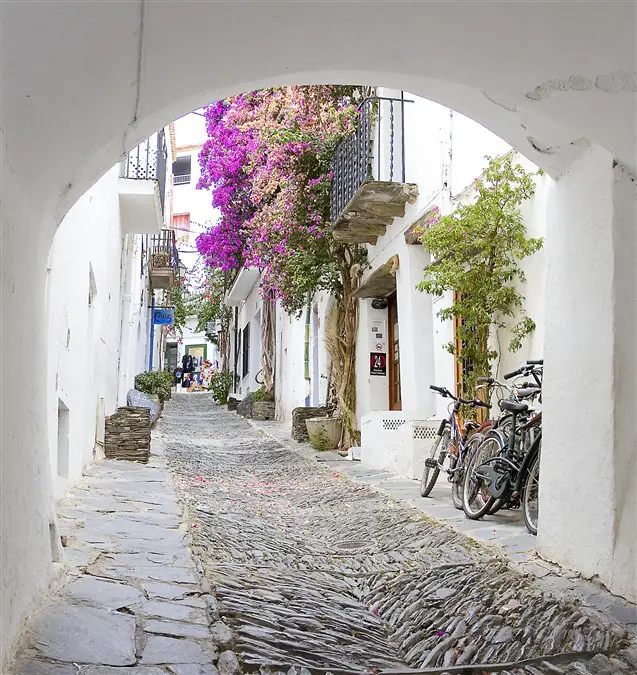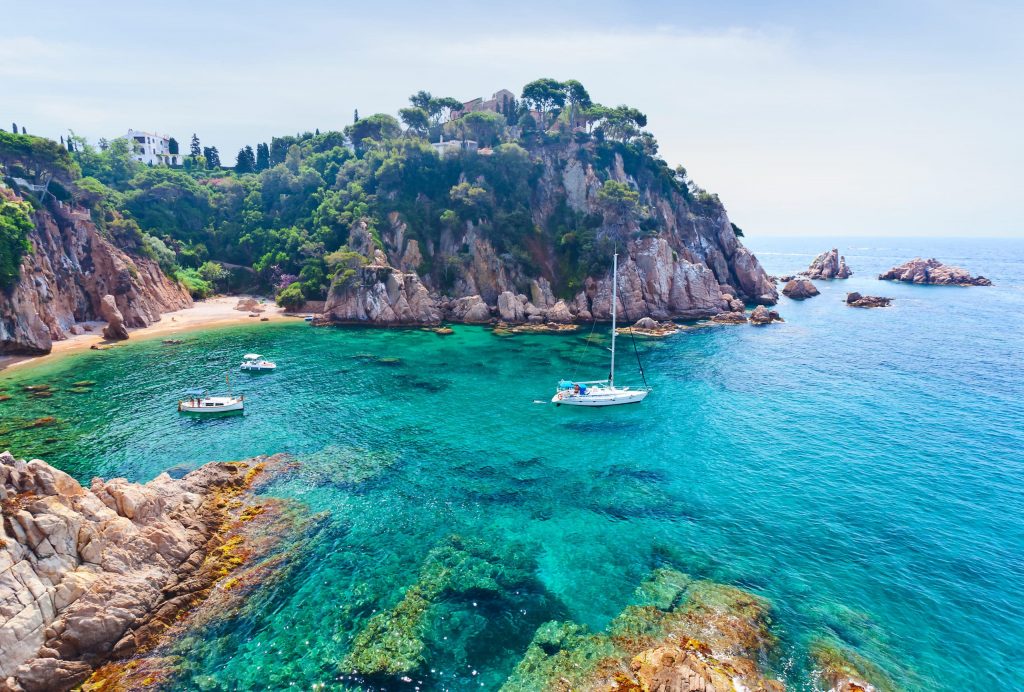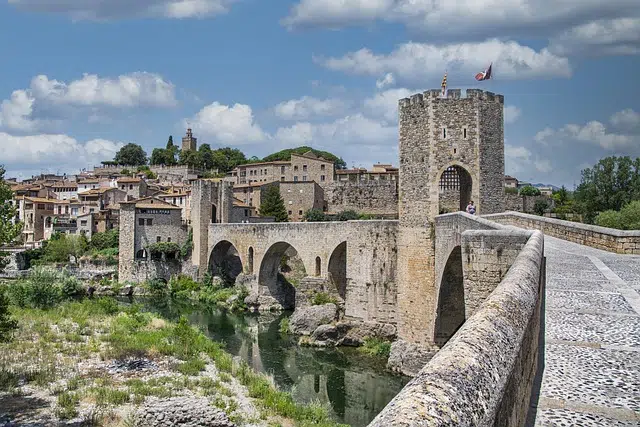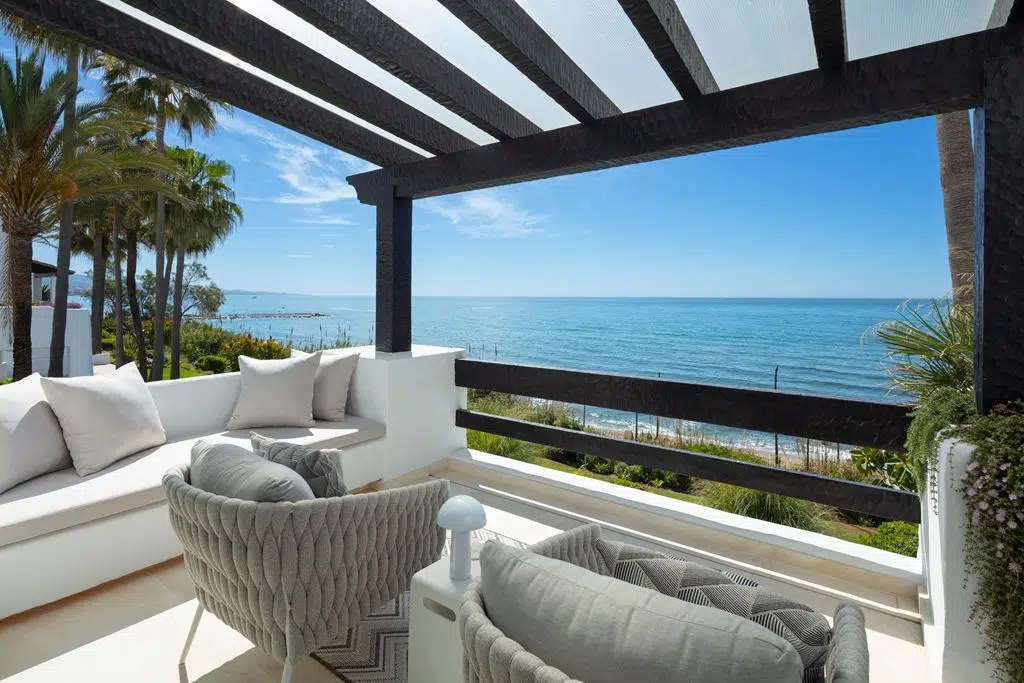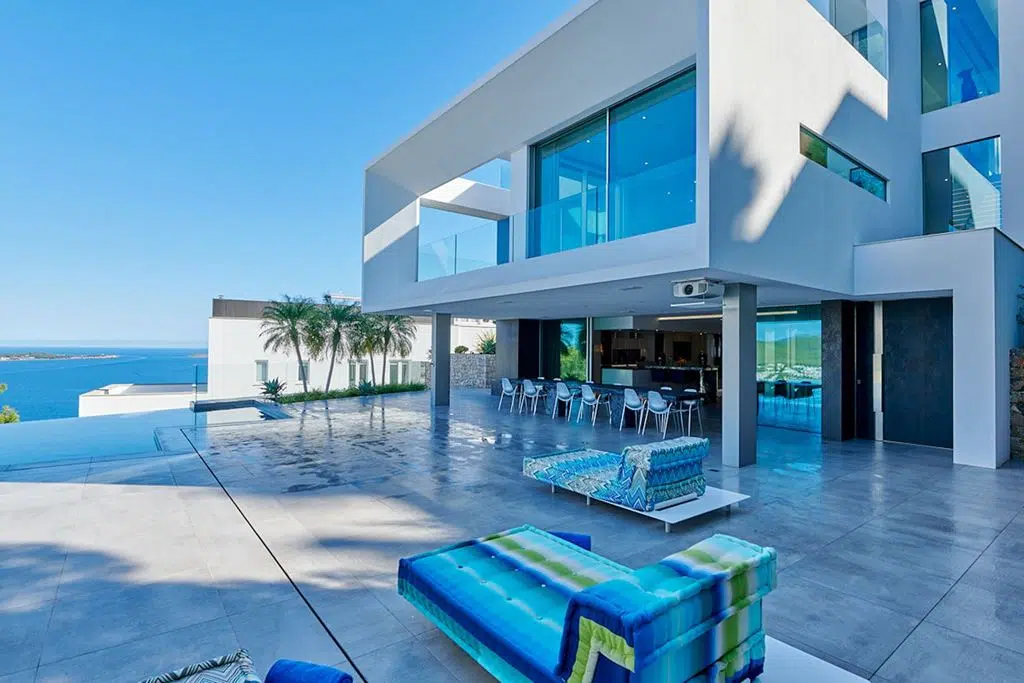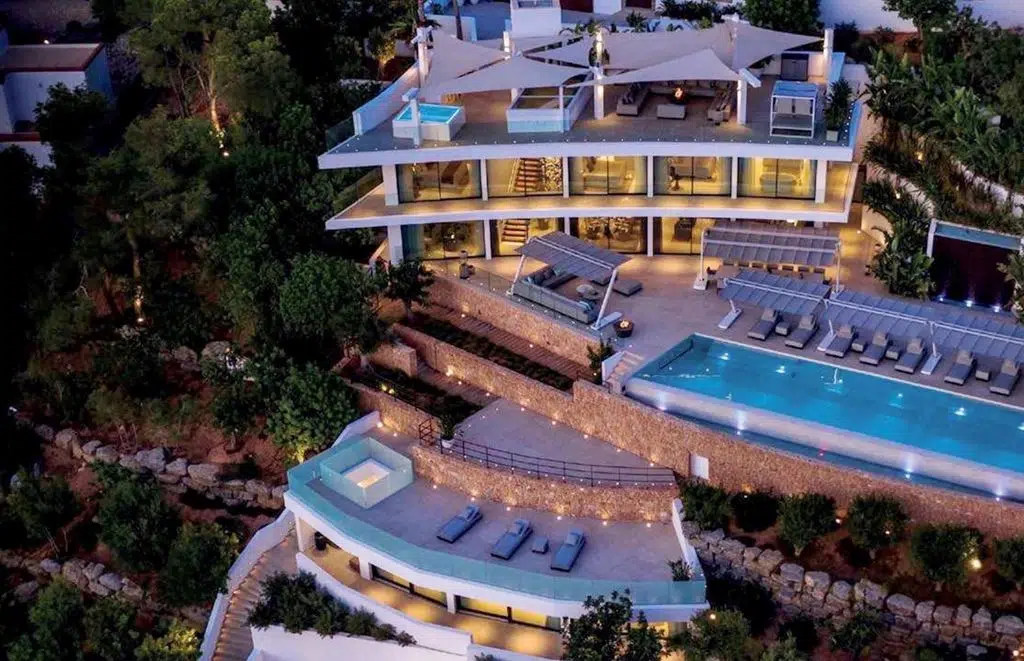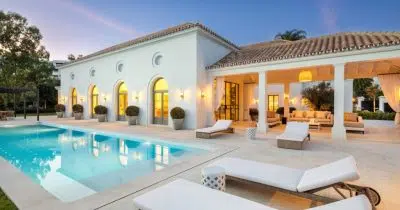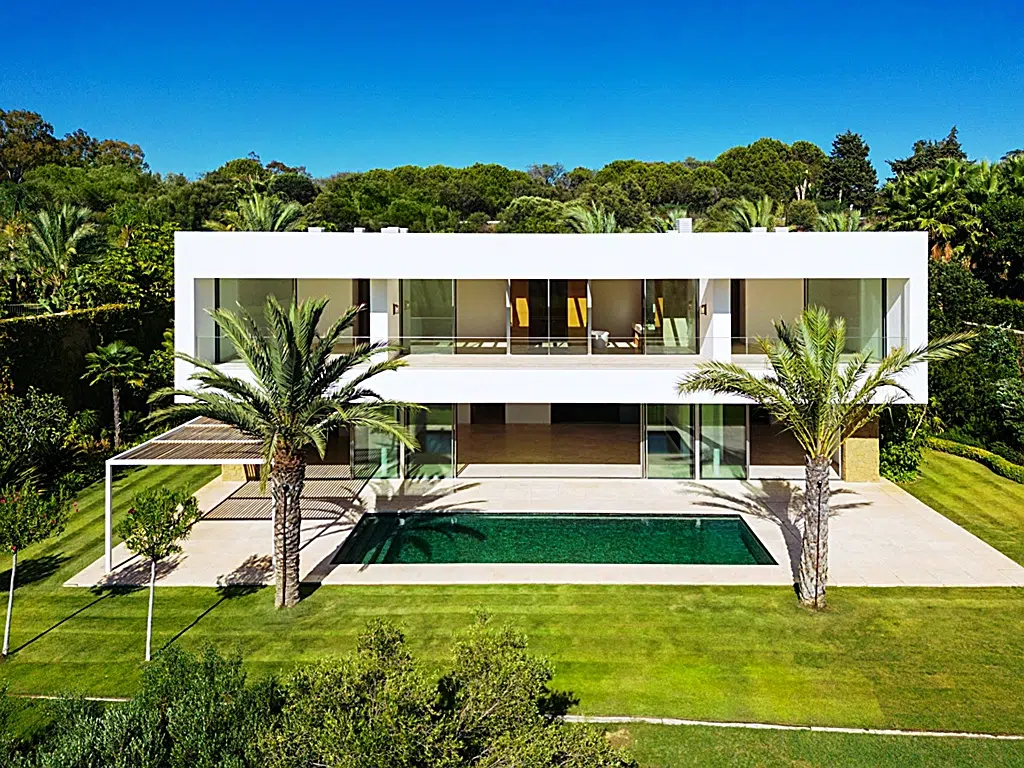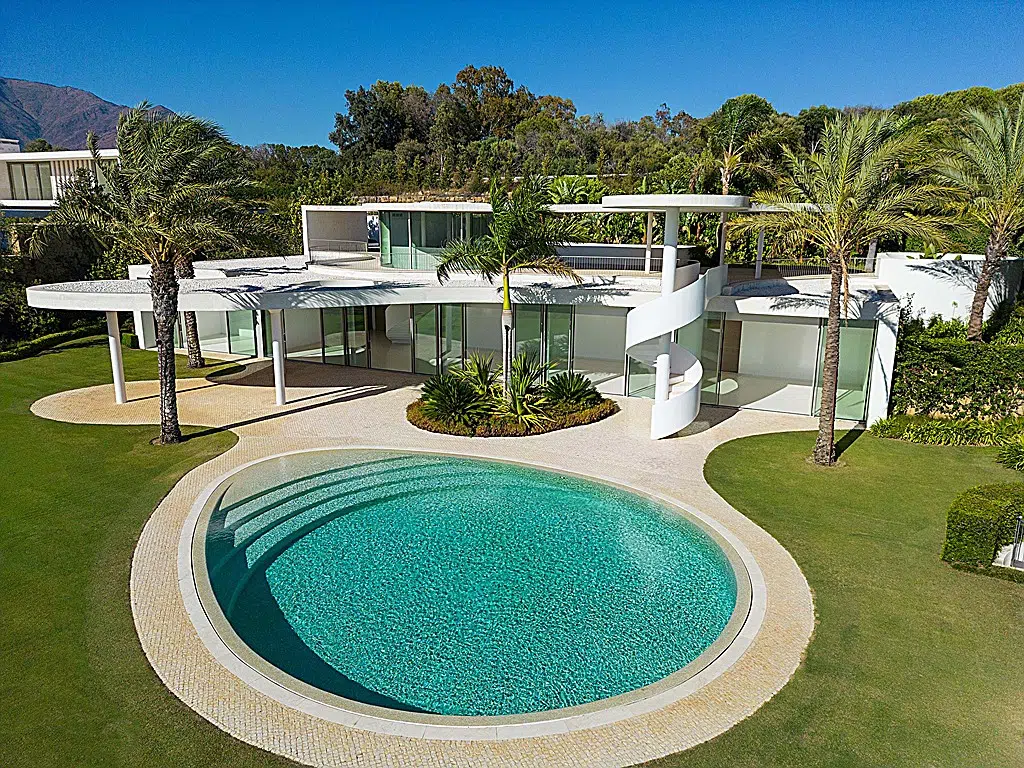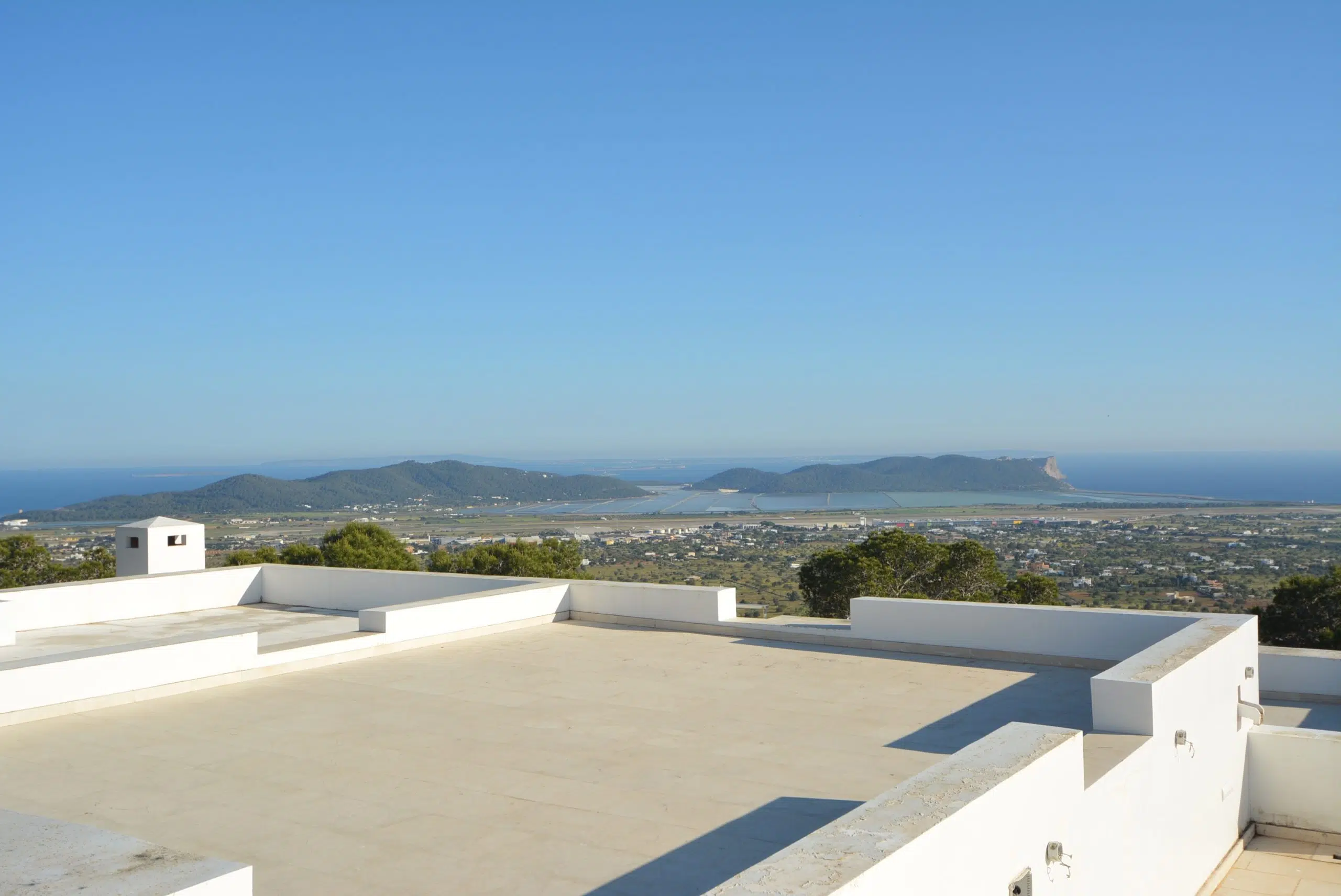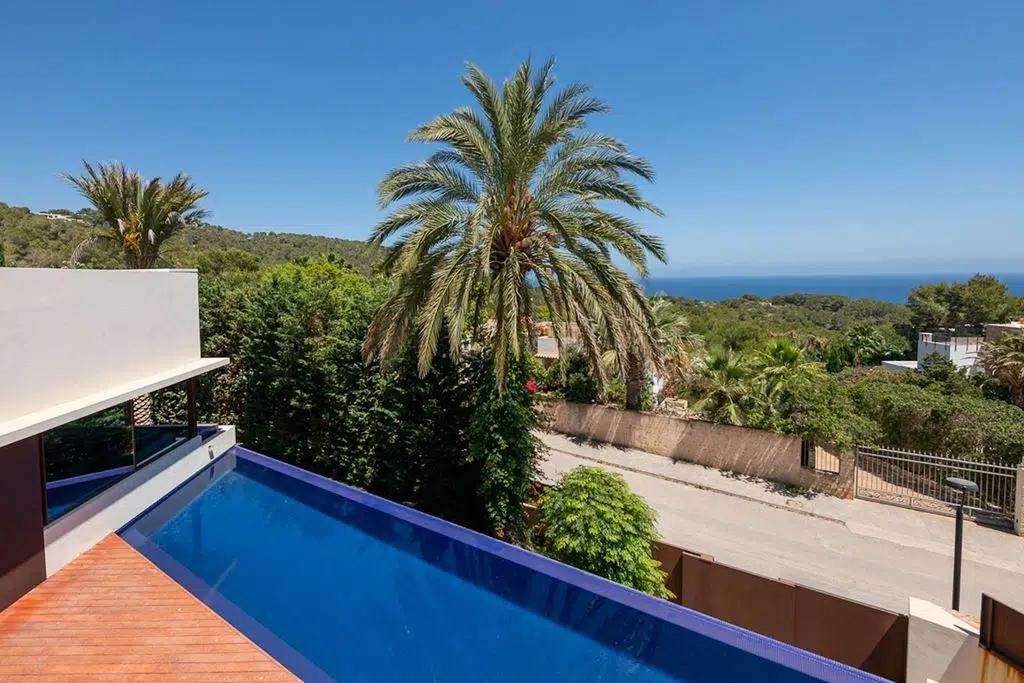Welcome to the Costa Brava of Spain, a popular holiday destination and place on the Iberian Peninsula where tourists visit and foreigners buy holiday homes and also live all year round. The Costa Brava, a glorious coastal region in the northeast and southern part of Spain stretches from Blanes, 60 kilometres northeast of Barcelona, to the French border.
Known for beautiful beaches, many towns, and diverse natural landscapes, the Costa Brava coast is perfect for everything Spanish including the sun, sea, and culture. In this comprehensive Costa Brava travel guide, we explore various aspects, from stunning beaches to rich cultural and artistic heritage. We also look at prominent places that should be on people’s lists if they want to get to know the Costa Brava of Spain in depth.
The Delightful Charm of the Costa Brava in Spain
It is All About the Costa Brava Coastline
The name “Costa Brava” translates to “Rugged Coast” or “Wild Coast” to accurately describe the region’s unique landscape characterized by the sea, rocky coast, sand dunes and beautiful beaches. Along the Costa Brava coast, stretching to the French border, you’ll find numerous hidden coves known as “calas.” These small, sheltered bays tucked away between cliffs provide intimate and tranquil settings for beachgoers in the Costa Brava.
The Costa Brava coastline also features several capes and headlands that enhance the rugged beauty like Cap de Creus fishing port, near Cadaqués. The Costa Brava’s many sandy beaches, from small and secluded coves to more extensive sandy stretches, make the region a popular holiday destination. Some famous beaches in the Costa Brava include Lloret Beach, Tossa de Mar Beach, Platja d’Aro Beach, and Roses Beach. Additionally, Tossa de Mar, Calella de Palafrugell, Torroella de Montgri, and Palamós are examples of Costa Brava coast towns to admire traditional architecture and enjoy coastal atmospheres.
Overall, the Costa Brava coastline’s beauty, rocky coves, fishing villages and diversity make it a sought-after destination for nature lovers, property buyers, beach enthusiasts, and those seeking tranquil coastal getaways. Exploring the coastal towns, beaches, and natural landscapes means experiencing the charm and allure of the Costa Brava coast.
Highlights of Costa Brava Holidays and Living
- Sandy Beaches: Costa Brava and the surrounding region feature stunning beaches with clear waters. Twin this with the Mediterranean climate, that is ideal for relaxing, soaking up the sun, and swimming in the Mediterranean Sea. Some famous beaches include Lloret Beach, Tossa de Mar Beach, and Sa Conca Beach.
- Costa Brava Towns: Explore cobbled streets of charming coastal towns along the Costa Brava. Visit Tossa de Mar medieval castle. Discover colourful houses and narrow streets of Cadaqués, a favourite spot for artists. Enjoy vibrant atmospheres of L’Escala or tranquil beauty in Calella de Palafrugell.
- Outdoor Activities: Embark on outdoor adventures in the Costa Brava, such as mountain biking, hiking, cycling, or horseback riding along scenic coastal trails. The Camí de Ronda coastal path allows you to explore the region’s hidden coves. Also, engage in water sports like snorkelling, diving, kayaking, or paddleboarding.
- Cuisine: Savour the local gastronomy of Costa Brava. Try fresh seafood dishes, traditional Catalan cuisine, and local specialities like “Suquet de peix” (fish stew) or “pa amb tomàquet” (bread with tomato).
Costa Brava’s Great Beaches and Coves
Costa Brava proudly boasts pristine blue flag beaches. Some of the best beaches include
- Sa Caleta, Lloret de Mar: Located in Lloret de Mar, Sa Caleta beach, surrounded by cliffs, offers peaceful atmospheres.
- Platja d’Aro, Castell-Platja d’Aro: Platja d’Aro beach offers excellent facilities and beachside bars, making it popular for families and young visitors.
- Calella de Palafrugell, Palafrugell: Calella de Palafrugell features several beautiful beaches, including Canadell Beach and El Golfet. These beautiful beaches of the Costa Brava feature scenic settings surrounded by rocky cliffs and traditional fishing houses.
- Aiguablava, Begur: Aiguablava’s stunning beach, located near Begur, boasts turquoise waters, fine golden sand, and pine-covered hills. This beach is the most picturesque in the Costa Brava.
- Platja de Castell, Palamós: Platja de Castell’s pristine and unspoiled beach in Palamós is surrounded by natural dunes and pine forests, offering tranquillity and more secluded beach experiences.
- Sa Conca, S’Agaró: Sa Conca’s sandy and wide beach in upscale S’Agaró features clear waters and natural beauty with lush greenery and rocky cliffs.
- Cala Montjoi, Roses: Cala Montjoi’s secluded cove nestled in the Cap de Creus Natural Park of the Costa Brava offers pristine natural environments and clear waters and is perfect for snorkelling and diving enthusiasts.
- Enchanting Coves: Aside from the best beaches, for more secluded experiences, the Costa Brava’s hidden coves, nestled between cliffs, offer serene and intimate escapes. Some enchanting coves include Cala Tavallera, Cala Montjoi, Cala Murtra, and Cala Pelosa.
Costa Brava’s Natural Parks and Landscapes of Natural Beauty
The Costa Brava feature three breath-taking natural parks. These parks offer diverse landscapes, from rugged cliffs and coastal trails to lush wetlands, providing perfect settings for nature lovers and outdoor enthusiasts. Located in the northernmost part of the Costa Brava, Cap de Creus Natural Park features dramatic cliffs, small bays, and diverse flora and fauna. Cap de Creus should be on the list of must-visit places. Home to several picturesque towns and villages, like El Port de la Selva, Cadaqués, and Roses, do visit this natural park.
Meanwhile, situated between Castelló d’Empúries, Sant Pere Pescador, and Roses, Aiguamolls de l’Empordà Natural Park attracts many birdwatchers and nature lovers to the Costa Brava. Finally, the Marine Reserve of the Medes Islands is the most important Mediterranean marine conservation area.
The Surrealist World of Salvador Dalí
Born in Figueres, Salvador Dalí was an iconic artist. Visitors to the Costa Brava can explore Dalí’s surreal world at the Dalí Theatre-Museum in Figueres, the Salvador Dalí Museum House in Cadaqués, and the Gala-Dalí Castle Museum in Púbol. The Dalí Theatre-Museum sits in Figuere, about 30 kilometres from the Costa Brava.
The Dali Theatre Museum, in a former theatre building destroyed during the Spanish Civil War, is not only a place to view Dalí’s artwork but also an immersive and theatrical experience in itself. Visiting the Dali Theatre-Museum of the Costa Brava offers unique opportunities to delve into Salvador Dalí’s imaginative world. Otherwise, Port Lligat coastal village on the easternmost point of the Cap de Creus peninsula was the residence and workshop of Salvador Dalí and his wife, Gala.
Costa Brava’s Wine and Gastronomy
For food and wine enthusiasts, the Costa Brava exudes charm with excellence, from wine tastings to the best restaurant and vineyard tours and local festivals to cooking classes and market visits. The Mediterranean cuisine of the Costa Brava incorporates various ingredients like seafood, olive oil, fresh vegetables, and aromatic herbs.
Traditional dishes you might find in Costa Brava include Suquet de Peix, Escudella I Carn d’Olla, Empordà Duck, Escalivada, Crema Catalana and Pa amb Tomàquet. This simple yet iconic Catalan dish translates to “bread with tomato.” It consists of bread rubbed with ripe tomatoes and drizzled with olive oil and sprinkles of salt.
Notable Historical Sites in the Costa Brava
- Empúries Archaeological Museum: Located near L’Escala, Empúries is one of Spain’s most important archaeological sites. It was once a Greek and later a Roman settlement.
- Museu d’Arqueologia de Catalunya – Girona: Situated in Girona city, the Museu d’Arqueologia de Catalunya (Archaeology Museum of Catalonia) showcases archaeological artifacts from different periods in Catalonia’s history.
- Tossa de Mar’s Old Town: Within the ancient walls of Medieval Tossa de Mar, explore narrow streets, picturesque squares, and historic buildings like the Vila Vella and the Church of Sant Vicenç.
- Girona’s Old Town: The Girona City Cathedral, built between the 11th and 18th centuries, is a prominent landmark. The Jewish Quarter (Call Jueu), with its narrow streets and medieval buildings, is another highlight.
- Sant Pere de Rodes Monastery: Located close to Port de la Selva, the 10th-century Sant Pere de Rodes Monastery is a remarkable Romanesque complex with stunning views of surrounding landscapes.
- Castle of Peralada: Located in the town of Peralada, the Castle of Peralada is a medieval fortress that also hosts cultural events, including the renowned Peralada International Music Festival.
- Castle of Begur: The Castle of Begur, situated in the town of Begur, is a medieval fortress perched on a hilltop.
- Castle of Montgrí: Situated on top of Montgrí Mountain near the town of Torroella de Montgrí, the Castle of Montgrí is a 13th-century castle that offers breathtaking views of the Empordà plain and the Mediterranean Sea.
Festivals To Enjoy in the Costa Brava of Spain
The Costa Brava region is known for stunning coastal landscapes and vibrant cultural scenes, which includes various music festivals throughout the year.
- Cap Roig Festival: Held in the town of Calella de Palafrugell during summer, the Cap Roig Festival is a renowned music festival that features national and international artists.
- Porta Ferrada Festival: The performances are held in various venues, including the historic Monastery of Sant Feliu de Guíxols and Porta Ferrada Castle.
- Festival de la Porta Ferrada: This takes its name from the iconic medieval gateway that overlooks the town of Sant Feliu de Guíxols.
- Sons del Món Festival: Located in the town of Roses, the Sons del Món Festival celebrates world music and showcases artists from different cultures and musical traditions.
- Festival Internacional de Música de Peralada: While not directly on the Costa Brava coastline, this prestigious music festival is held in Peralada, a short distance from the region.
Explore Tossa de Mar: Spain’s Stunning Gem
Tossa de Mar, that enjoys a spectacular location may be small, but there are many hidden gems. This beautiful region with rocky coves, serene beaches, and tranquil villages deserves top spots on any Europe bucket list. The Cala Llevadors path starts at Llevador Cove and passes by Sa Muladera Island, Molto, and En Jeroni, and ends at Codolar Beach.
Tossa de Mar also features 14 kilometres (8 miles) of stunning Brava Coast beaches. Tossa de Mar’s beaches are the perfect place to unwind, and are beautiful, with fine golden sand. The main beach, Platja Gran or Big Beach, is excellent for swimming. One beautiful cove, Cola Pola, requires a short walk through pine trees and the forest to reach. Other notable spots in Tossa de Mar include Cala Bona, Cala Pola, and Cala Giverola.
The central place to visit in Tossa de Mar is undoubtedly the Old Quarter or Vila Vella. This medieval fortress is complete with impressive walls and towers. At the highest point, find the Far de Tossa, or the Tossa de Mar lighthouse. Do visit the Chapel of Our Lady of Socorro. Tossa de Mar also hosts excellent seafood restaurants, and while it doesn’t have raucous nightlife, there are still plenty of bars and late-night spots. If you’re looking for livelier scenes in the Costa Brava, visit nearby Lloret de Mar.
Sant Feliu de Guixols
Sant Feliu de Guixols offers several stunning beaches to visit and soak up the sun. The main beach, Platja de Sant Feliu, is spacious with clear waters. For another choice of beach, Sant Pol Beach is picturesque and surrounded by cliffs. First, however, do visit the Monastery of Sant Feliu de Guixols, a historic Benedictine monastery and walk the Camino de Ronda coastal path.
While Espai Carmen Thyssen Museum in Sant Feliu de Guixols showcases Catalan art, including works from the Thyssen-Bornemisza family. A must-do activity, though, is the seafront promenade for leisurely strolls. It runs along the coast, offering scenic Mediterranean views lined with shops, cafes, and restaurants.
Visit Girona City
The historic city centre of Girona, known as Barri Vell, is well-preserved with narrow winding streets, ancient city walls, and picturesque squares. The highlight is the city Cathedral of Girona and its intact city walls. Walking along the old city walls provides panoramic views, including the colourful Onyar River houses. Girona’s Jewish city Quarter is one of Europe’s best-preserved to visit.
The Girona Art Museum, Cinema City Museum, and Museum of Jewish History are among the notable ones worth exploring. Girona city boasts many restaurants, some of which have received Michelin stars, offering traditional Catalan cuisine and innovative gastronomic experiences. Without a doubt, Girona is a prominent place in the Costa Brava that is worth getting to know.
Enjoy Lloret de Mar
Lloret de Mar offers several picturesque beaches, including Lloret Beach, Fenals Beach, and Santa Cristina Beach. These primarily sandy beaches and shores attract visitors who enjoy swimming, sunbathing, and water sports like jet skiing, parasailing, and kayaking. The town’s clear waters make it an ideal location for snorkelling and diving as well. Aside from beaches, Lloret de Mar boasts vibrant nightlife scenes. The town hosts numerous bars, nightclubs, and entertainment venues, making it popular with partygoers.
During summer, Lloret de Mar comes alive with festivals, concerts, and cultural events that cater to visitors of all ages. For those interested in history and culture, Lloret de Mar offers several notable landmarks worth visiting. The Santa Clotilde Gardens is a beautiful garden perched on a cliff. The charming town is also home to the Gothic-style Church of Sant Romà. Lloret de Mar welcomes many tourists each year, particularly during peak summer season.
More About Spain
The Best Spanish Costas: If you want to know the best Spanish Costas because you dream of an expat living in the sun, get ready for an avalanche of choices. Naturally, with most of Spain surrounded by sea and including the few odd islands, the Costas, which means coastline, are in abundance, and each boasts something spectacular from sunshine to beaches to food.
Living on the Costa Del Sol: Once a popular tourist destination full of gorgeous beaches, many wannabe expats now look at living on the Costa del Sol of Spain. And why not? This picturesque Andalusian haven offers much, which is evident in the large numbers of foreigners who already moved. As of 2020, just over 140,000 expats lived in Costa del Sol, scattered around various towns that cater for tourists.
Property in Spain: Are you considering buying a property in Spain? Whether purchasing a Spanish villa to live in or renting out, our real estate agents & partners make the process easy. Spotblue’s real estate portal offers an exclusive collection of seaside properties for sale, villas, apartments and real estate investment opportunities. Find the latest deals at prime locations in Spain.

